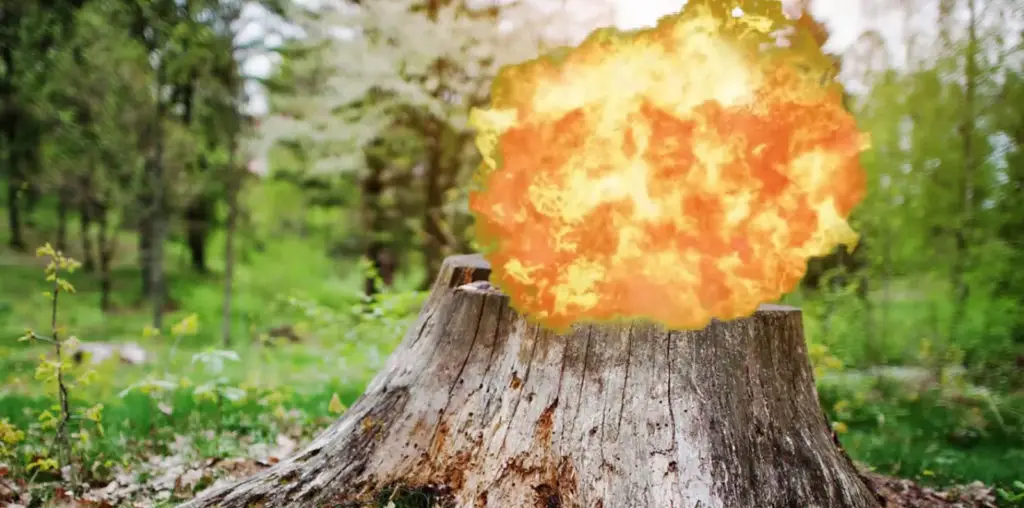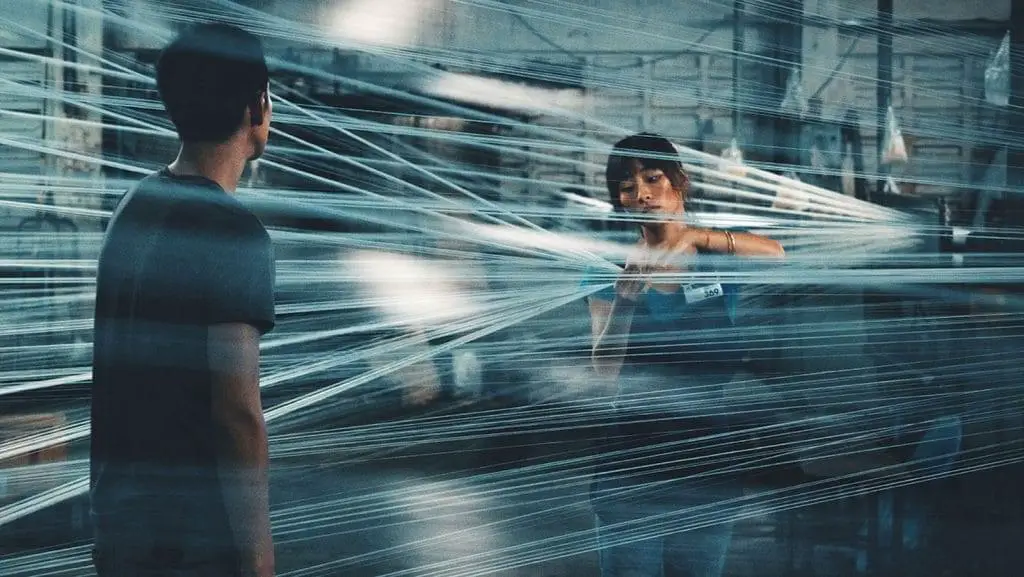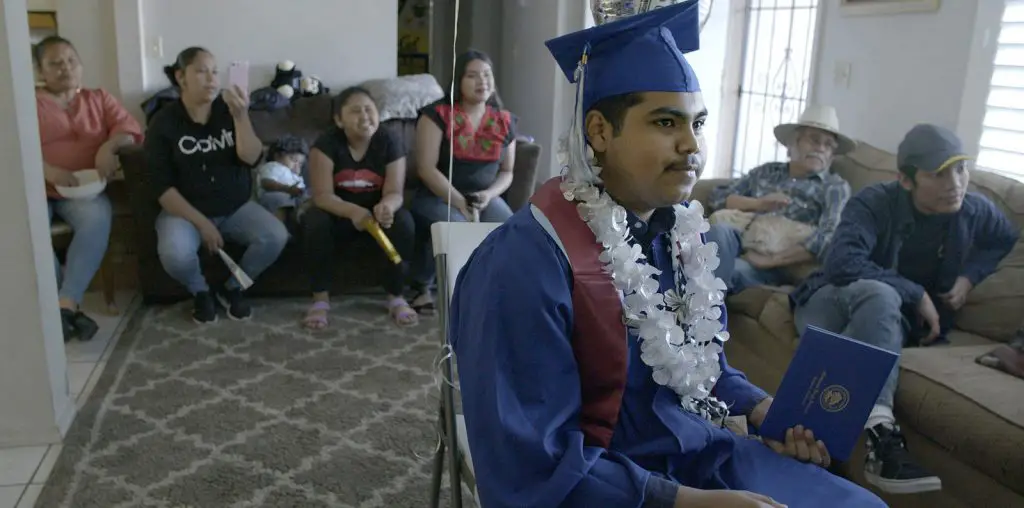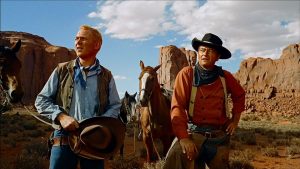
The American epic. That’s how Robert Thompson, the Director for Television and Popular Culture at Syracuse University, describes the Western. He told Stuart Miller from The Guardian: “We don’t have a single text like The Iliad or The Odyssey but the western is our story.”
From the earliest days of movie making, the Western was a staple, and in the post-war years, John Wayne was seen as the model of American fortitude and manliness. Westerns started to seem dated in the late 1970s, and few were made after 1980. The fact that they enjoyed something of a renaissance after 9/11 tells you everything you need to know about their place in the American psyche.
If you’ve mentally dismissed westerns as the stuff of daytime TV-filler from childhood days, think again. The Western is arguably the most important movie genre of the past century. Here are some examples that every movie buff should see.
Stagecoach (1939)
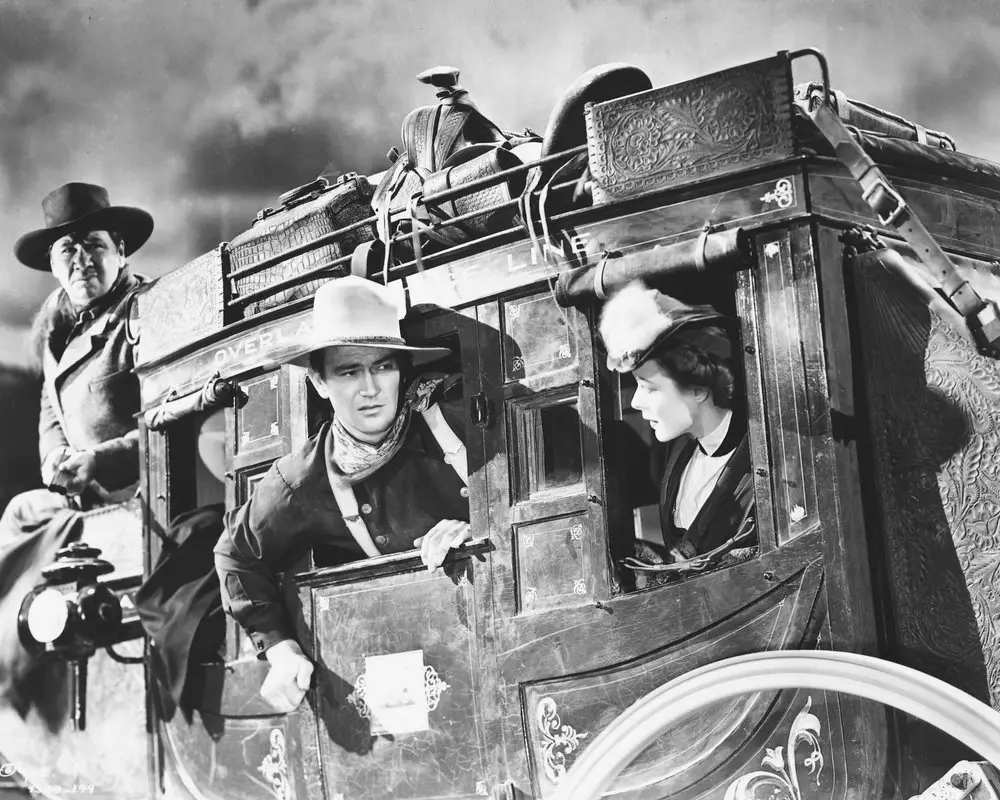
With John Ford behind the camera, John Wayne in front of it and Monument Valley forming the backdrop, three ingredients came together that were set to define filmmaking for a generation. The blend of character study and gun-toting action sequences is just right to keep you immersed from start to finish.
High Noon (1952)
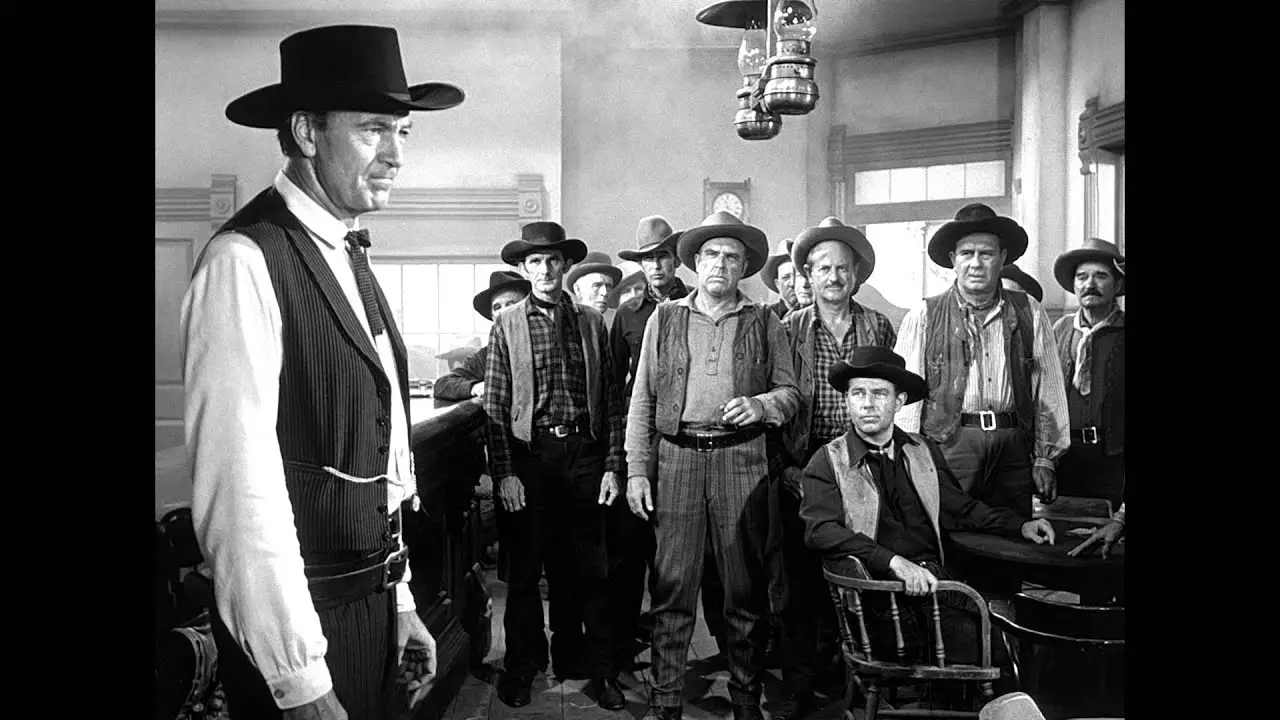
Some see High Noon as an allegory for McCarthyism, but these are probably also the people who enjoy analysing Shakespeare to death or pulling the legs off insects. High Noon is, first and foremost, storytelling at its finest. The film’s influence can still be seen today in the imagery of Western-themed online games like Dead or Alive that you can play at a variety of sites – take a look at Bet Boss to see who’s offering got the best deals. High Noon also presents a great opportunity to see the uniquely natural acting talents of the great Gary Cooper, as his character, Marshal Will Kane is left to take on the bad guys single handed.
The Searchers (1956)
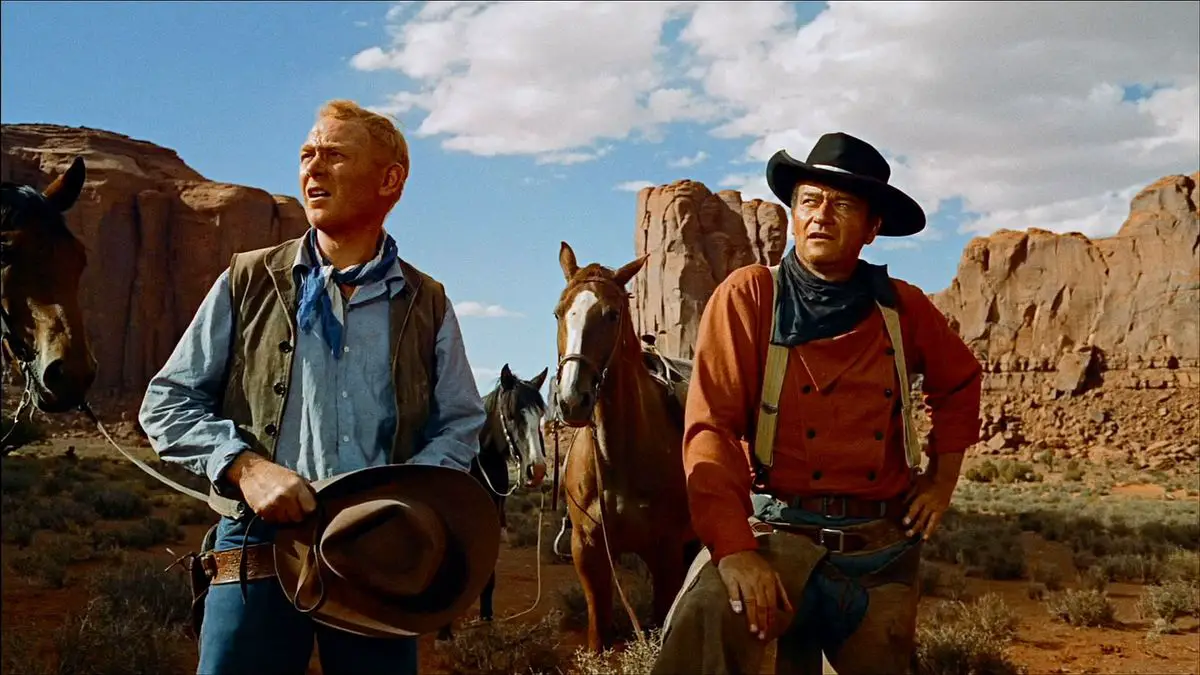
If you thought John Wayne was a one-dimensional action man, add this remarkable saga to your viewing list for this weekend. His character is flawed, bigoted and thoroughly unlikeable, yet you’ll feel powerless but to stand shoulder to shoulder with him as he strives to rescue his kidnapped niece. The film seems more powerful with each repeated viewing.
The Good, the Bad and the Ugly (1966)
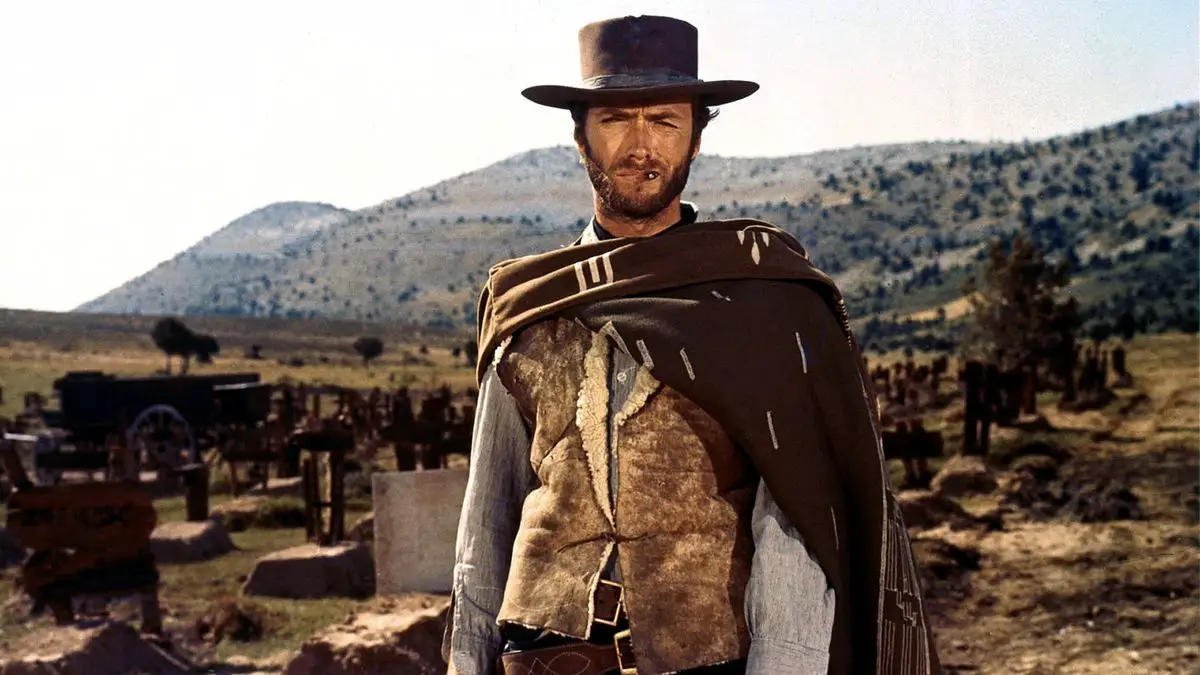
The film that put the linguini into spaghetti westerns is one classic set piece after another, all bound together by that incredible soundtrack by Ennio Morricone. Often ranked the most popular western of all time, it’s a perfect blend of both style and substance.
The Wild Bunch (1969)
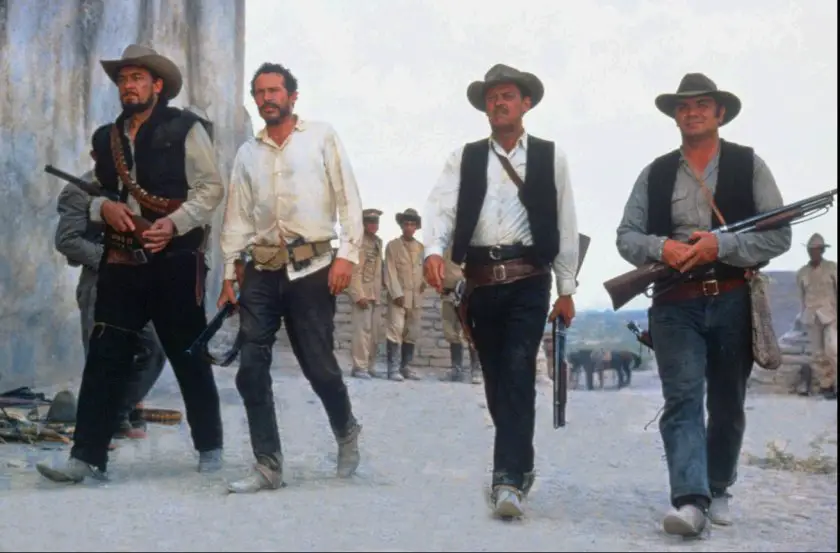
It’s more than half a century since Sam Peckinpah’s requiem for the Old West caused controversy at the box office with its blood and violence. Today, it still seems highly visceral, even to our 2020s sensibilities. But it is about more than slow-mo scenes of carnage. Here is a tale of men trying to make sense of a world that has moved on without them, and it resonates as much today as it ever did.
